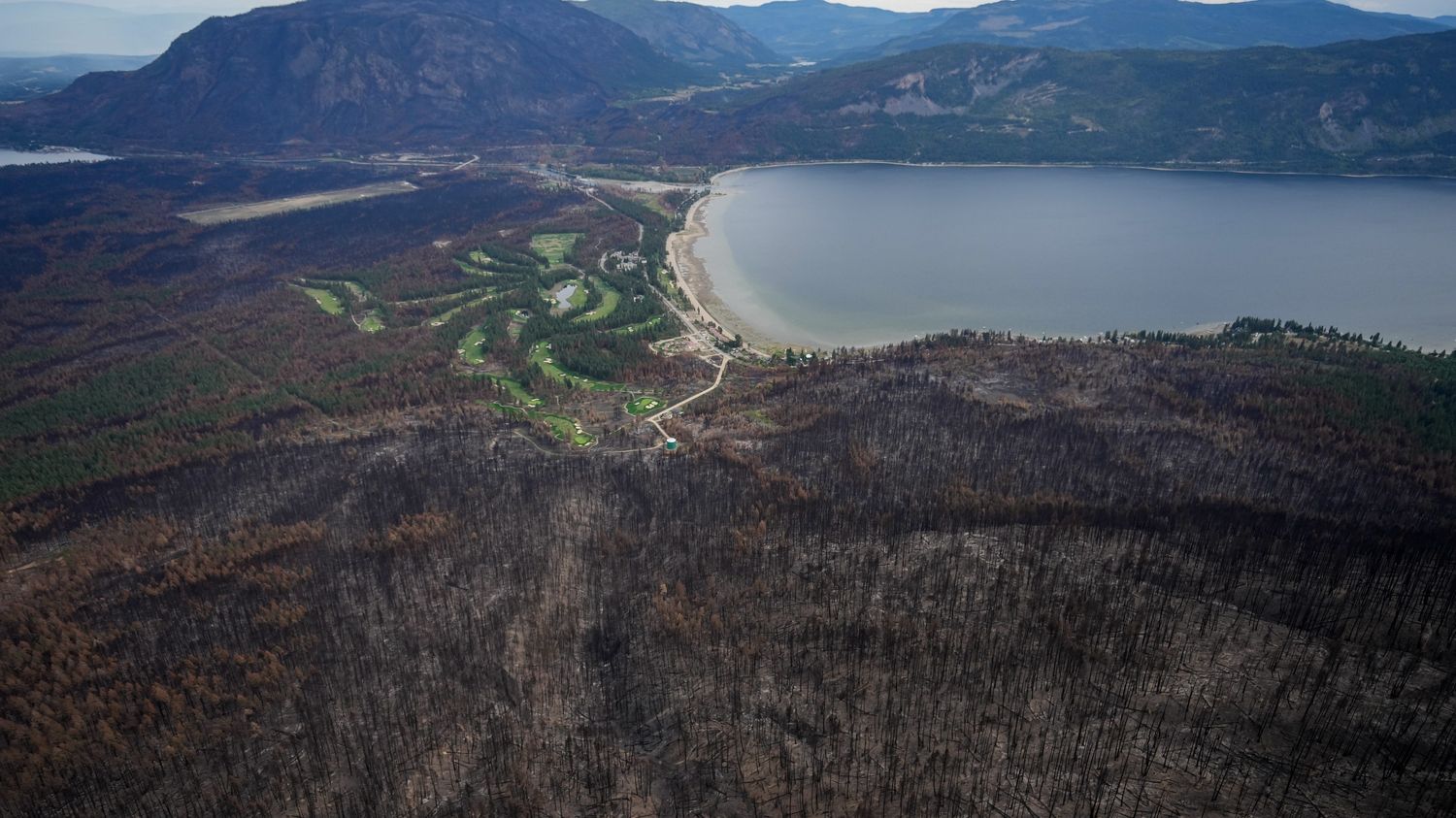Several months after the start of the fires in Canada, the results were catastrophic. The country has never experienced a similar fire season. In Spain, the fire on the island of Tenerife has officially not yet been extinguished.
In Canada, the fire season began early in April and affected most regions of this immense territory. At present, the forest has not finished burning because there are still a few hundred fires remaining, particularly in northern British Columbia in the west of the country, but also in the Canadian North. However, none caused evacuations of people.
This fire season is one of superlatives. Some 18 million hectares of forest have gone up in smoke, the equivalent of the area of Syria. Hundreds of thousands of people have been evacuated in several provinces. Additionally, there were nearly 500 megatons of carbon released into the atmosphere. This enormous quantity is explained by the scale and duration of the fires which started in April and finally continued until September, but also by the nature of the northern forest. This ecosystem sequesters more CO2 than the forests of the South. By escaping, this carbon could therefore contribute to worsening warming and climate change.
A situation that could happen again
The firefighting services have realized that they need more forces on the ground, since at the height of the fires they lacked personnel to put out these gigantic fires and protect forest towns and villages, particularly in Quebec. . However, this hellish season could well happen again in the near future because specialists anticipate other high temperatures and a lack of humidity in the forest, conditions which favor fires.
If previously major fires mainly affected Western Canada, which was plagued by high temperatures, the same phenomenon is now affecting the center and east of the country. Aware of these risks, some communities are already building fire trenches, or ensuring that house plots are free of brush. Planting deciduous trees rather than fir or softwood trees also delays fire. We must therefore adapt to the new reality and learn to live with fire.
On the island of Tenerife, the fire is not officially extinguished
This fire started last August and has never been declared extinguished. It was simply considered “stabilized” on August 24, then “under control” on September 11. But at the beginning of October, it returned to a level 2 of dangerousness on a scale of 3. Finally, it still went down to a level of zero dangerousness on Tuesday October 24. Smoke still comes out of the basement, but it encounters damp ground, so there is no risk of it resuming.
The King and Queen of Spain were visiting the island on October 24 to provide support and solidarity to the Spaniards. “This voracious fire which started on August 15 affected 12,000 hectares. Many buildings and houses were affected, but the most important thing is that life was preserved,” King Felipe said during a ceremony honoring firefighters and firefighting professionals.

The challenge of adapting to fires
The local authorities have launched a project called “Tenerife renace“, Tenerife is reborn in French, and which must supervise environmental restoration actions in the affected areas. This involves four years of work during which all the aid received will have to be channeled, both donations from individuals and contributions from businesses and administrations. The island’s administration, in particular, plans to invest 29 million euros to prevent tree falls and landslides due to erosion caused by the flames.
The island’s municipalities are also preparing to relive these fires, since according to the mayor of one of them, major fires used to occur every six or seven years, now it is every year or almost. Above all, the municipalities have a common demand, that of the establishment of a fixed air base on the archipelago, to thus accelerate the deployment of Canadairs when a fire begins to become threatening.
